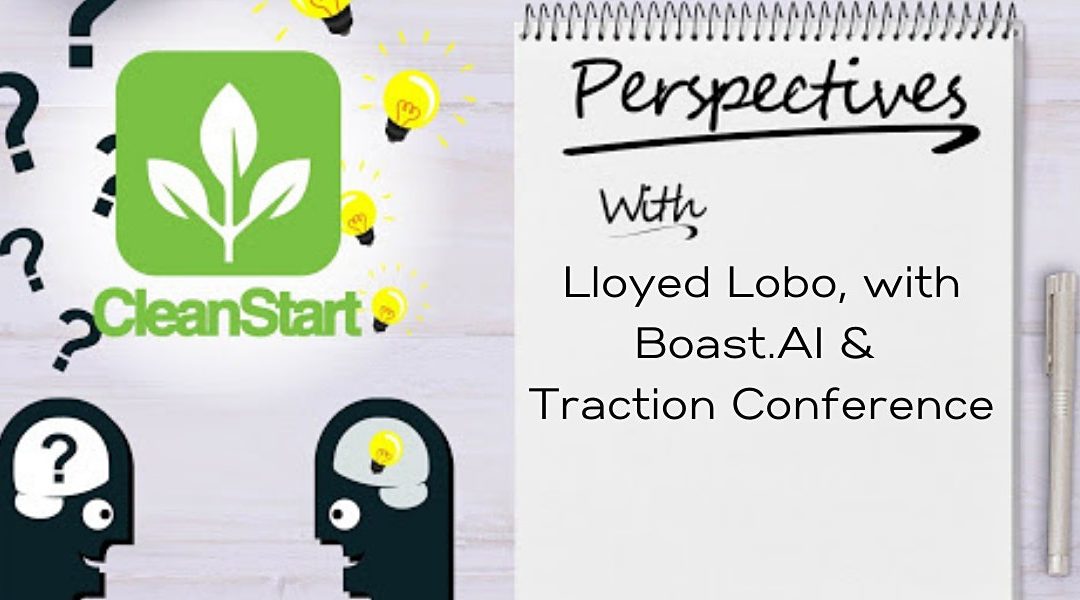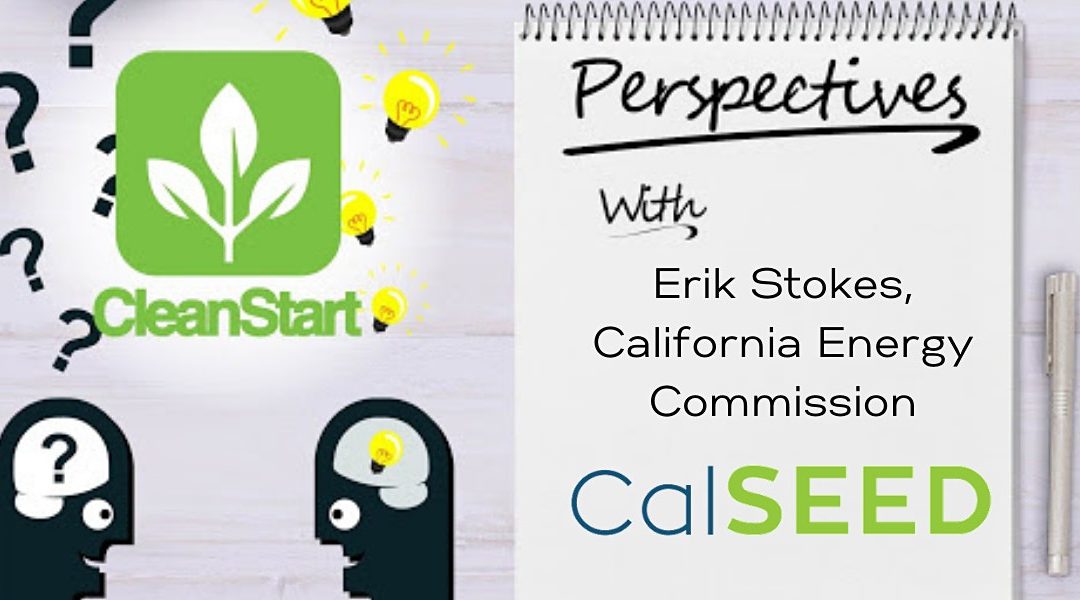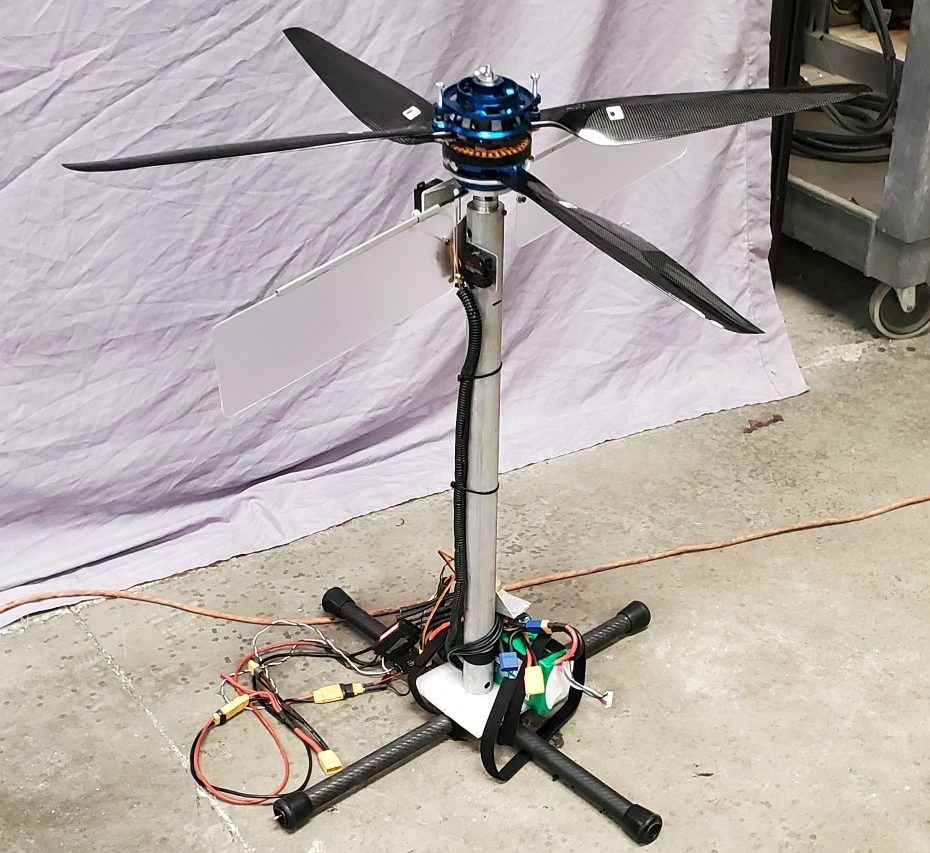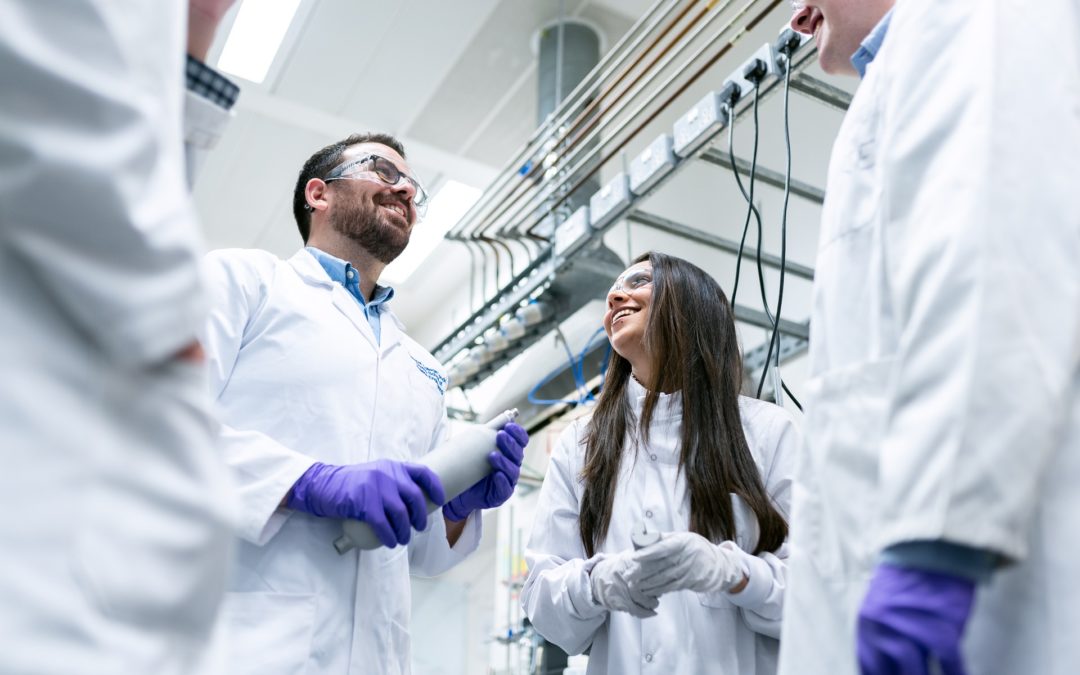
Apr 29, 2021
Join us as we chat with Lloyed Lobo, cofounder and co-chair of the Traction Conference and cofounder and president of Boast.AI.
Lloyed Lobo is the cofounder and president of Boast.AI, a company developing software that automates the process of claiming R&D tax credits. He’s also the cofounder of the Traction Conference, a non profit initiative by Boast.AI & Launch Academy to bring founders and leaders from the fastest growing companies to share learnings on building, growing and scaling startups via weekly webinars and an annual conference.
Previously, Lloyed led sales, marketing and product for several venture-backed companies. Lloyed holds a B.Eng. in Software Engineering from Lakehead University.
CleanStart Perspectives are short online conversations to connect the greater Sacramento clean tech entrepreneurship community and share insights, experiences, and outlooks. Join us as we welcome our featured guests to share their perspective on what entrepreneurs and innovators can do to thrive and grow.
Register and we’ll send you the Zoom login information prior to the meeting time.
CleanStart Perspectives are recorded through Zoom.

Apr 29, 2021
Join us as we chat with Erik Stokes about the California Energy Commission’s EPIC Funding program.
The California Energy Commission’s Electric Program Investment Charge (EPIC) program invests in scientific and technological research to accelerate the transformation of the electricity sector to meet the state’s energy and climate goals. Join us as we chat with Erik Stokes about how companies can connect with the CEC and take part in the future of Epic Funding.
Erik Stokes is the head of the Energy Deployment and Market Facilitation Office at the California Energy Commission. In his 13+ years at the Commission, Erik has spearheaded numerous initiatives to advance low-carbon technology solutions. Over the past five years, Erik has worked to strengthen California’s innovation ecosystem for cleantech entrepreneurship. This included establishing a statewide network of incubator/accelerator programs, testing facilities and other entrepreneurial support services; as well as developing several non-dilutive funding programs for clean energy entrepreneurs including the world-renowned CalSEED program. These efforts have helped cleantech startups supported by the California Energy Commission attract over $1.8 billion in private investment.
CleanStart Perspectives are short online conversations to connect the greater Sacramento clean tech entrepreneurship community and share insights, experiences, and outlooks. Join us as we welcome our featured guests to share their perspective on what entrepreneurs and innovators can do to thrive and grow.
Register and we’ll send you the Zoom login information prior to the meeting time.
CleanStart Perspectives are recorded through Zoom.

Apr 9, 2021
Join us as we chat with Sabya Das, partner at Moneta Ventures.
Moneta Ventures is a venture capital firm based in Folsom, CA that invests in early stage technology companies. Sabya Das, partner at Moneta Ventures, will share insights on the current state of venture capital investment in early stage startups.
CleanStart Perspectives are short online conversations to connect the greater Sacramento clean tech entrepreneurship community and share insights, experiences, and outlooks. Join us as we welcome our featured guests to share their perspective on what entrepreneurs and innovators can do to thrive and grow.
Register and we’ll send you the Zoom login information prior to the meeting time.
CleanStart Perspectives are recorded through Zoom.














